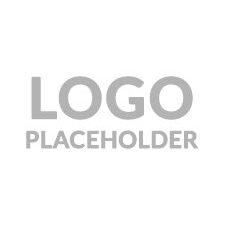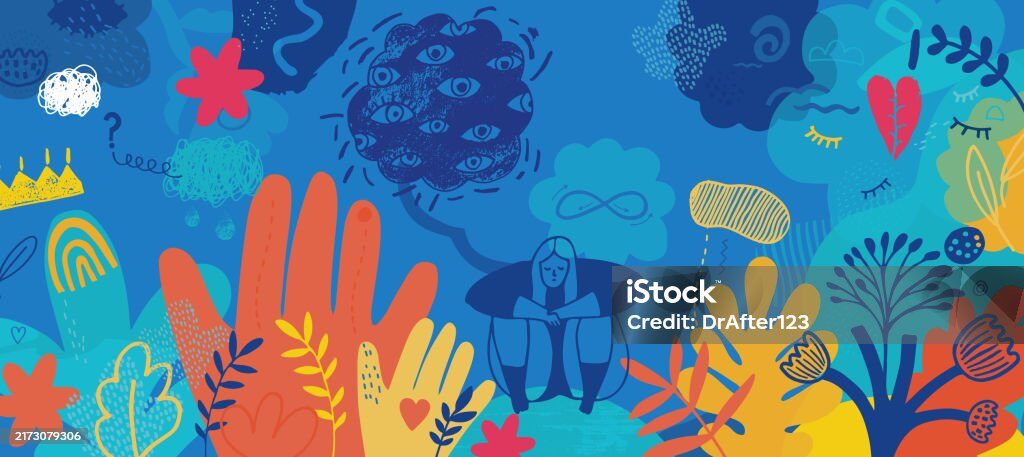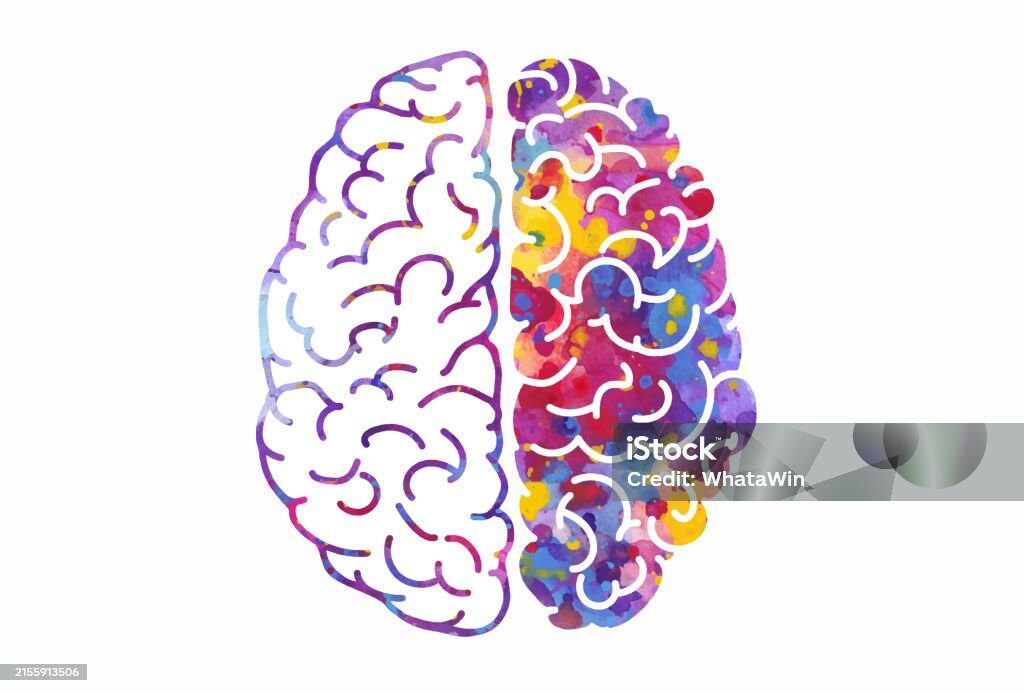Patient Resources Section
This section is here to support stroke survivors, caregivers, and families in understanding stroke recovery terms and finding tools, support, and opportunities to engage with their communities.
Psychosocial Changes
A stroke can impact mood, personality, and how people see themselves. These changes may
be linked to brain injury, emotional adjustment, or the challenges of adapting to a new way of
life.

Depression
Post-stroke depression is a common experience for stroke survivors and is often caused by biochemical changes in the brain.

Changes in Personality
Refers to the brain's ability to change and adapt by reorganizing its structure, functions, or connections throughout life, in response to learning, experience, or injury.
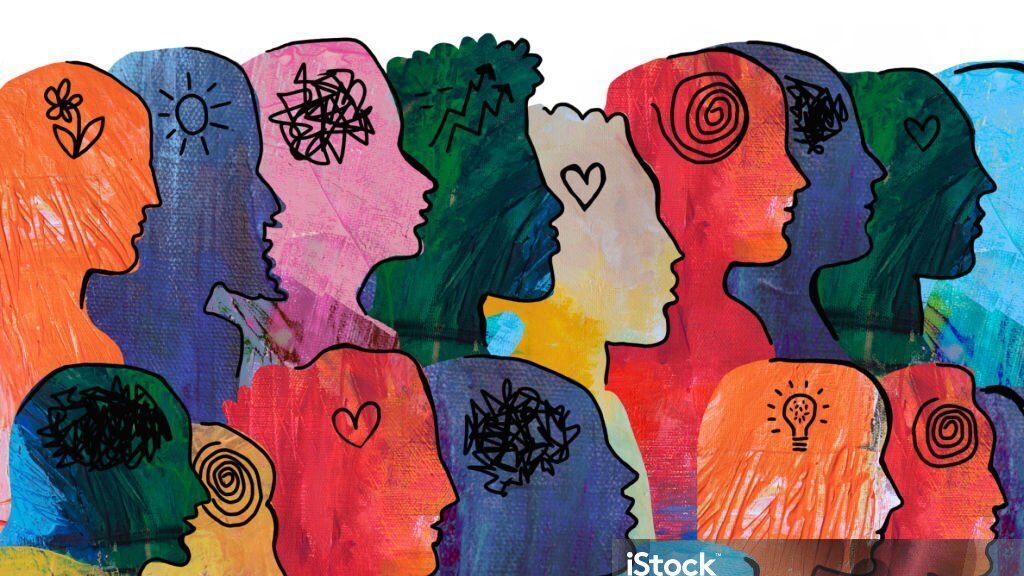
Adjustment and identity
Stroke can impact how people see themselves and their role in family, work, or society.
Relearning and Adapting
Recovery involves both restoring lost abilities and adapting to new ways of living with
practice and support.
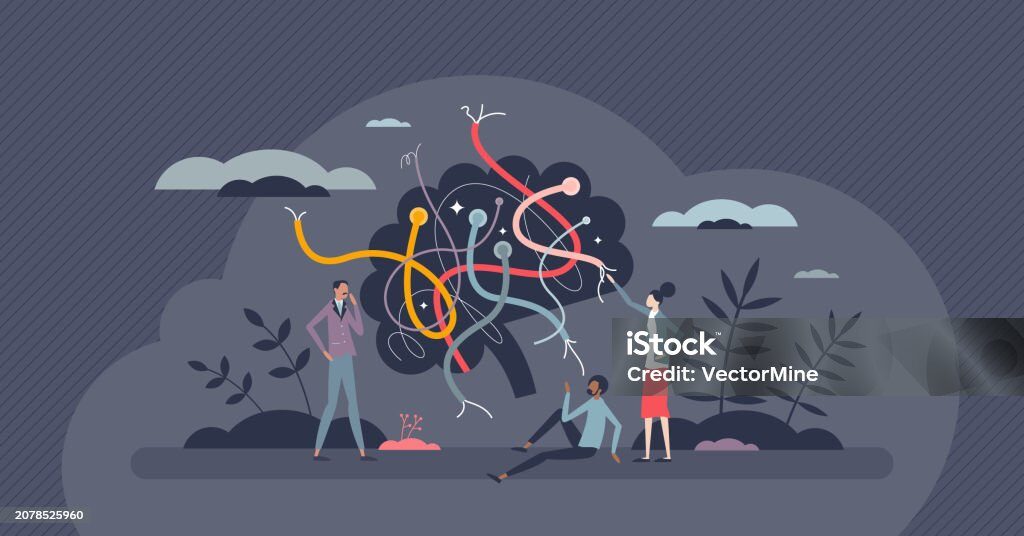
Neuroplasticity
The brain’s ability to form new neural pathways. It allows people to relearn skills and compensate for damage.

Motor learning
The process of improving movement through repeated practice, experience and feedback.
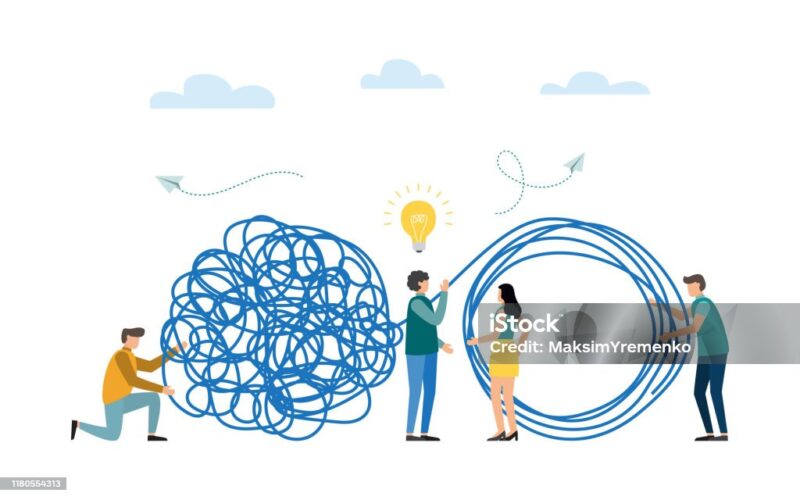
Compensation
Using new strategies or alternative movements to achieve a task when original abilities are impaired. For example, using adaptive equipment to get dressed, or learning to brush teeth with a non-dominant hand.
Motor Impairments
A stroke can affect parts of the brain responsible for movement and coordination. This may lead to weakness, stiffness, or difficulty controlling certain muscles, often on one side of the body.

Spasticity
Muscle tightness or stiffness, which can interfere with movement and daily activities. Often seen in limbs after stroke.
Cognition and language:
A stroke can affect how the brain processes, stores, and communicates information.
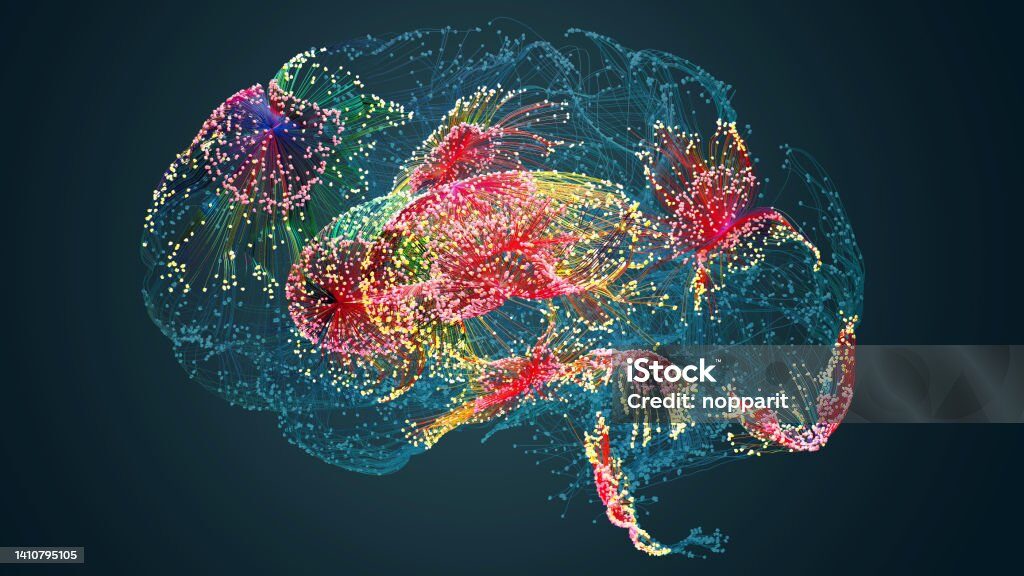
Cognition
Refers to brain-based skills needed for attention, memory, problem-solving, and executive function. Stroke can impair these processes.

Aphasia
A language disorder affecting speaking, understanding, reading, and writing. Often occurs after a stroke affecting the left side of the brain.
Psychosocial Changes
A stroke can impact mood, personality, and how people see themselves. These changes may
be linked to brain injury, emotional adjustment, or the challenges of adapting to a new way of
life.

Depression
Post-stroke depression is a common experience for stroke survivors and is often caused by biochemical changes in the brain.

Changes in Personality
Refers to the brain's ability to change and adapt by reorganizing its structure, functions, or connections throughout life, in response to learning, experience, or injury.

Adjustment and identity
Stroke can impact how people see themselves and their role in family, work, or society.
Relearning and Adapting
Recovery involves both restoring lost abilities and adapting to new ways of living with
practice and support.

Neuroplasticity
The brain’s ability to form new neural pathways. It allows people to relearn skills and compensate for damage.

Motor learning
The process of improving movement through repeated practice, experience and feedback.

Compensation
Using new strategies or alternative movements to achieve a task when original abilities are impaired. For example, using adaptive equipment to get dressed, or learning to brush teeth with a non-dominant hand.
Motor Impairments
A stroke can affect parts of the brain responsible for movement and coordination. This may lead to weakness, stiffness, or difficulty controlling certain muscles, often on one side of the body.

Spasticity
Muscle tightness or stiffness, which can interfere with movement and daily activities. Often seen in limbs after stroke.
Cognition and language:
A stroke can affect how the brain processes, stores, and communicates information.

Cognition
Refers to brain-based skills needed for attention, memory, problem-solving, and executive function. Stroke can impair these processes.

Aphasia
A language disorder affecting speaking, understanding, reading, and writing. Often occurs after a stroke affecting the left side of the brain.
Psychosocial Changes
A stroke can impact mood, personality, and how people see themselves. These changes may
be linked to brain injury, emotional adjustment, or the challenges of adapting to a new way of
life.

Depression
Post-stroke depression is a common experience for stroke survivors and is often caused by biochemical changes in the brain.

Changes in Personality
Refers to the brain's ability to change and adapt by reorganizing its structure, functions, or connections throughout life, in response to learning, experience, or injury.

Adjustment and identity
Stroke can impact how people see themselves and their role in family, work, or society.
Not find what you're looking for? Contact us for suggestions and definitions.
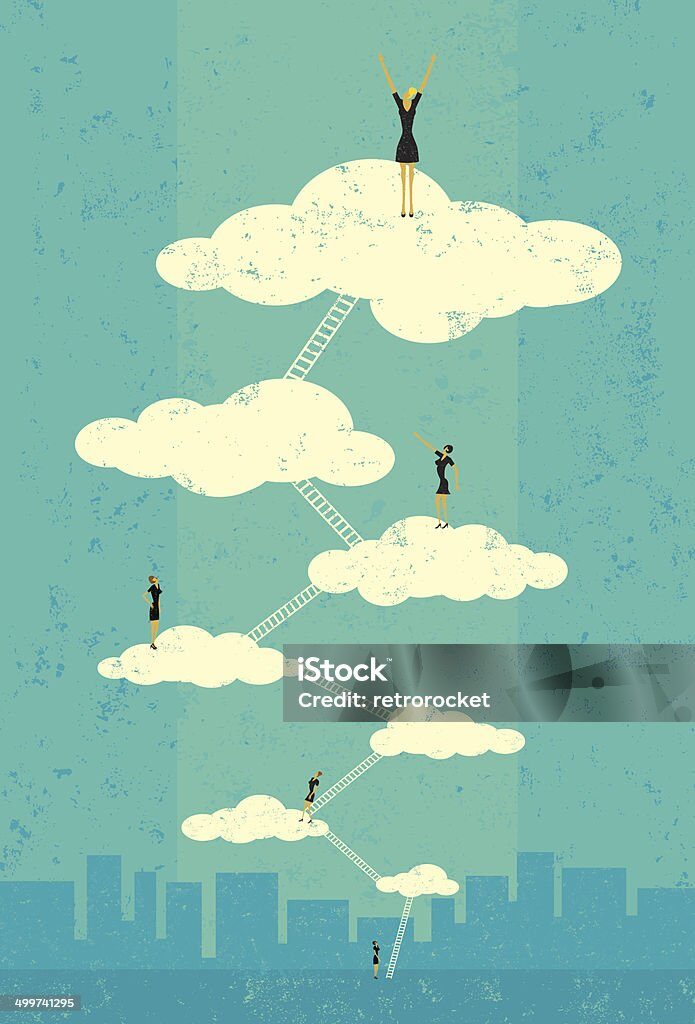
Community Reintegration after Stroke
Life after a stroke can bring new challenges, but with the right tools and support, it's possible to adapt and find meaning in everyday routines. This section offers practical resources to help stroke survivors navigate daily activities — from personal care and household tasks to returning to work, building social connections, and engaging in leisure activities.
This section provides some practical tips, tools, and adaptive approaches for essential daily activities, such as basic self-care (ADLs) like bathing and dressing, to more complex tasks (IADLs) like cooking.
ASA/AHA tips on bathing, dressing, shopping, laundry, cooking driving after
stroke, with video links https://www.stroke.org/en/life-after-stroke/recovery/daily-living
Cooking/preparing vegetables
https://www.youtube.com/watch?v=DIJl51JKr4U
Personal care tips https://www.stroke.org/en/life-after-stroke/recovery/daily-
living/personal-care-for-stroke-survivors
Energy conservation with self-care tasks https://www.ottoolkit.com/samples
This section offers guidance on returning to work or engaging in other forms of meaningful productivity after a stroke, including how to access support services such as vocational rehabilitation (VR).
ASA/AHA resources on return to work after stroke
https://www.stroke.org/en/life-after-stroke/recovery/return-to-work, including
contact details for state vocational rehabilitation (VR) agencies across the US
NYU Langone VR https://nyulangone.org/locations/rusk-rehabilitation/adult-rehabilitation-services/vocational-rehabilitation
Applying for VR services in NY state https://www.acces.nysed.gov/vr/apply-
vocational-rehabilitation-services
Daily Activity Planners
Track progress with simple printable logs and goal charts.
Energy conservation and pacing techniques – Learn how to pace your day to avoid fatigue. PDF https://ahc.aurorahealthcare.org/fywb/X26162.pdf
This section includes resources to help you connect with stroke support groups, access caregiver information, and find guidance from people familiar with the challenges of life after stroke.
Links to directories for local or online social support groups and how to get
involved - https://www.stroke.org/en/stroke-support-group-finder
Stroke family warm line https://www.stroke.org/en/help-and-support/for-family-caregivers/stroke-family-warmline
Caregiver & family resources— Tips, resources, and emotional guidance for those supporting a loved one after stroke. https://www.stroke.org/en/help-and-support/resource-library/lets-talk-about-stroke/being-a-stroke-family-caregiver
This section highlights opportunities in New York City to engage in creative expression, stay physically and socially active, and support emotional well-being after stroke. It also includes resources for navigating changes in relationships and intimacy.
Creative arts and music:
Singing together measure by measure choir https://www.stroke.org/en/stroke-groups/singing-together-measure-by-measure-choir
Hip Hop Stroke in Harlem
https://www.nychealthandhospitals.org/harlem/services/hip-hop-stroke-center
Brooklyn conservatory of music - Music Therapy https://bkcm.org/music-therapy
Stroke of Art YouTube videos
https://www.youtube.com/playlist?list=PLrDeLRAEJG0Y7jR4ghovyB6dsLR0KlG_5
Sports and Recreation:
Achilles International: accessible athletics programs
https://www.achillesinternational.org/
Guided videos for building strength and mobility after stroke https://www.stroke.org/en/life-after-stroke/stroke-rehab/post-stroke-exercise-videos
Burke adaptive sports and recreational activities
https://www.burke.org/medical-services/adaptive-sports-recreation/
Relationships and Intimacy:
https://www.stroke.org.uk/stroke/life-after/sex-and-relationships
Mindfulness:
Mindfulness & Mental Well-being: Try meditation apps like Headspace to support emotional recovery


